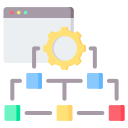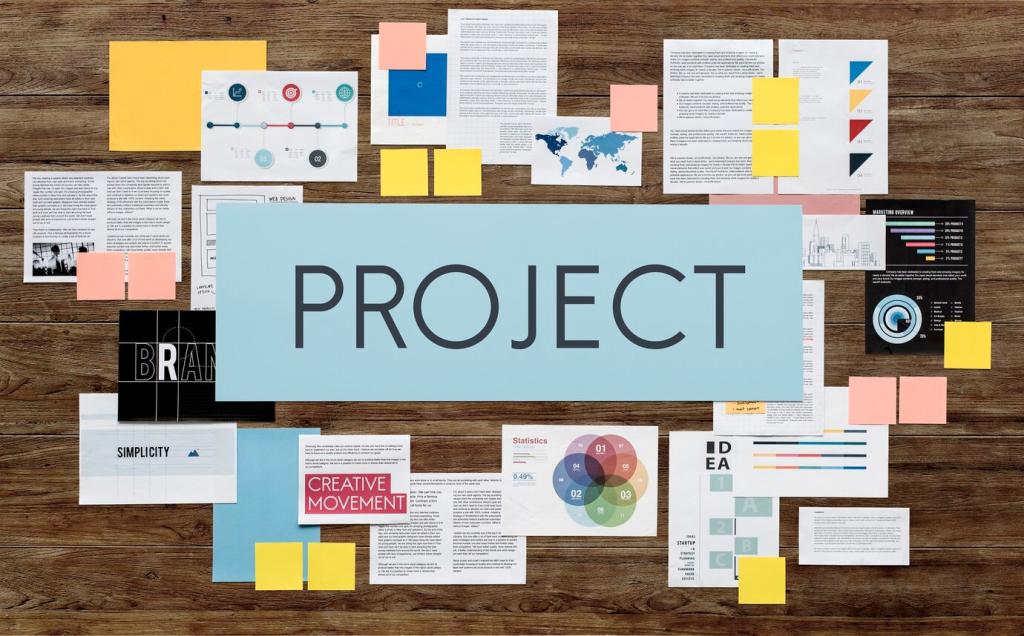Total Cost of Ownership and Risk
Shared code reduces early spend, but complex animations, accessibility, and platform polish can accumulate debt. Native starts costlier, yet predictable platform advances sometimes lower maintenance uncertainty across multi-year horizons.
Total Cost of Ownership and Risk
Relying on third-party bridges accelerates delivery but adds lock-in risk and maintenance surface. Audit libraries for stewardship, security, and roadmap. Invest in knowledge sharing so one departure does not stall critical releases.





